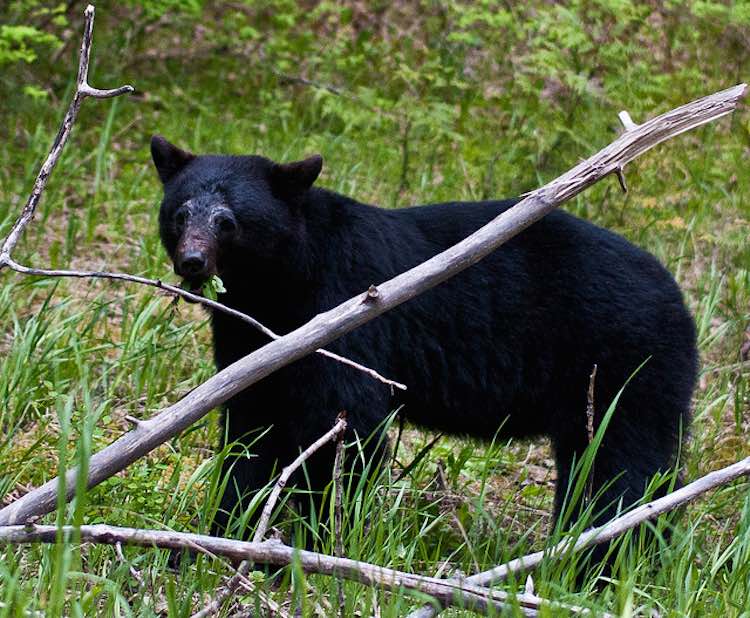The Louisiana black bear is the state mammal for Louisiana, and it is one of 16 subspecies of the American black bear. While the American black bear can be found across North America, the Louisiana black bear subspecies is only known to occur in Louisiana, East Texas and western Mississippi. Compared to other black bears, the Louisiana black bear’s skull is longer, narrower and flatter, with larger molar teeth.
The mammal was removed from the Lists of Threatened and Endangered Wildlife under the Endangered Species Act due to recovery.
Recovery was made possible thanks to the active partnerships of many private landowners, state and federal agencies, universities and non-governmental organizations. Since the Louisiana black bear was listed in 1992, voluntary landowner-incentive-based habitat restoration programs and environmental regulations have not only stopped the net loss of forested lands in the Lower Mississippi River Alluvial River Valley, but have resulted in significant habitat gains.
RELATED: Manatee Population Has Rebounded 500 Percent, No Longer Endangered
A major factor in this positive habitat trend is the success of incentive-based private land restoration programs, such as the Wetland Reserve Program (WRP). Since 1992, more than 148,000 acres of habitat have been permanently protected and/or restored through the WRP program. Additional private lands have been restored through the efforts of private landowners and organizations. Over 65,000 additional acres of bottomland hardwood forest have been protected and restored through the efforts of such groups as Wildlife Mississippi, Mississippi Land Trust Mississippi River Trust, Black Bear Conservation Coalition, Bear Education and Restoration Group of Mississippi and the East Texas Black Bear Task Force.
MORE: Rare Fish Saved From Extinction, Swims Off Endangered Species List
Currently it is estimated that between 500 and 750 Louisiana black bears roam the United States, approximately double the population size at the time of listing. Techniques such as live trapping, winter den inspections, radio telemetry monitoring, and DNA sampling have been used to determine population size.
We Can’t Bear To Keep This Story To Ourselves, Click To Share – Photo by NWCouncil, CC




















